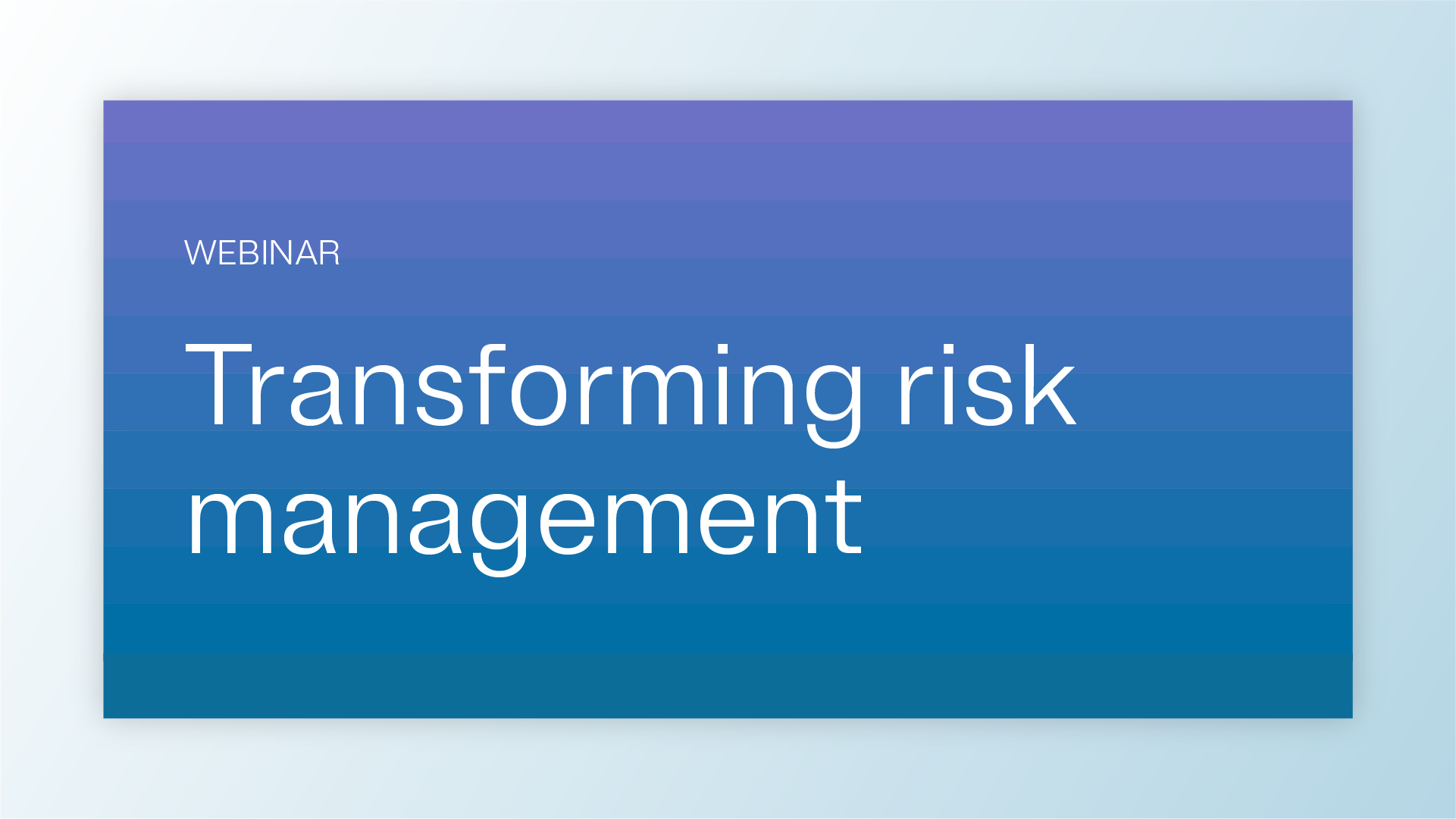Enterprise Risk Management (ERM)
Enterprise Risk Management (ERM) is a structured approach for identifying, assessing, and managing organizational risks across financial, operational, strategic, and compliance functions.
What is Enterprise Risk Management (ERM)?
Enterprise Risk Management (ERM) is a comprehensive framework that enables organizations to anticipate, mitigate, and monitor risks that could impact business objectives. It provides a unified view of risks across departments, helping leadership make informed decisions and build long-term resilience.
ERM frameworks typically align with global standards such as COSO ERM and ISO 31000, and increasingly incorporate areas like cybersecurity, third-party risk management, and operational resilience.
Modern ERM programs are often integrated with governance, risk, and compliance (GRC) platforms to streamline reporting, automate risk assessments, and align risk appetite with business strategy.
Why Enterprise Risk Management (ERM) matters
ERM enhances organizational resilience by ensuring that risk management is proactive, strategic, and embedded into daily operations. It helps organizations balance risk and opportunity while maintaining compliance with regulatory expectations.
By implementing a robust ERM framework, organizations can protect assets, improve decision-making, and strengthen stakeholder confidence. It also supports sustainability and agility in dynamic markets where regulatory, environmental, and technological risks evolve rapidly.
ERM plays a vital role in demonstrating governance maturity to regulators, investors, and customers by providing transparency into risk exposure and mitigation efforts.
How Enterprise Risk Management (ERM) is used in practice
- Identifying and assessing enterprise-wide risks, including financial, operational, and reputational threats
- Establishing a risk appetite framework aligned with business objectives
- Integrating risk management into strategic planning and performance reviews
- Using technology platforms to automate risk monitoring and reporting
- Collaborating across business units for consistent risk evaluation and mitigation
- Enhancing compliance by linking ERM processes to DORA and other resilience regulations
Related laws & standards
- ISO 31000 (Risk Management Framework)
- COSO Enterprise Risk Management Framework
- Digital Operational Resilience Act (DORA)
- Sarbanes-Oxley Act (SOX)
- Basel III Framework
How OneTrust helps with Enterprise Risk Management (ERM)
OneTrust helps organizations implement integrated ERM programs by centralizing risk assessments, automating monitoring, and connecting risk management with compliance and governance workflows. The platform provides visibility into operational, IT, and third-party risks to strengthen resilience and regulatory alignment.
[Explore Solutions →]
FAQs about Enterprise Risk Management (ERM)
ERM focuses on identifying and managing risks across the organization, while GRC (Governance, Risk, and Compliance) integrates risk management with governance policies and regulatory requirements.
ERM is typically led by the Chief Risk Officer (CRO) or risk management team, in collaboration with executive leadership, compliance, and internal audit functions.
ERM aligns operational and ICT risk management with regulatory requirements like DORA by creating structured oversight, reporting mechanisms, and resilience testing.




